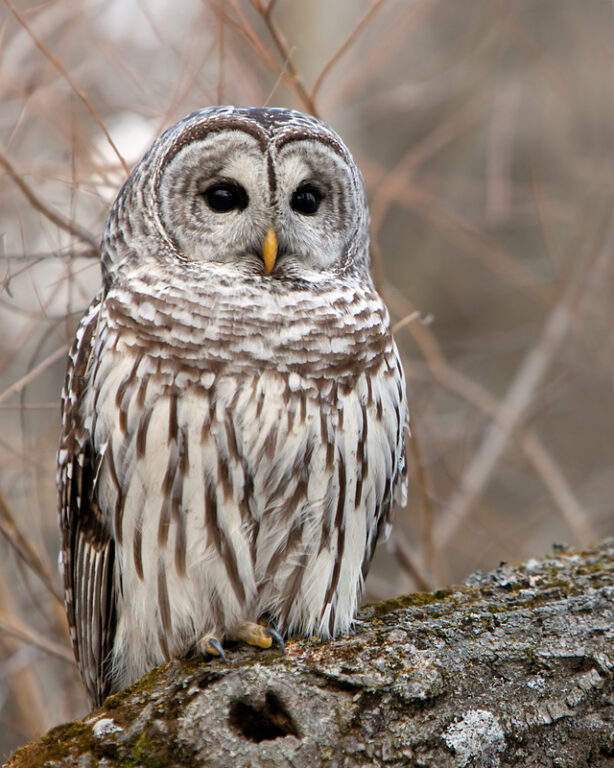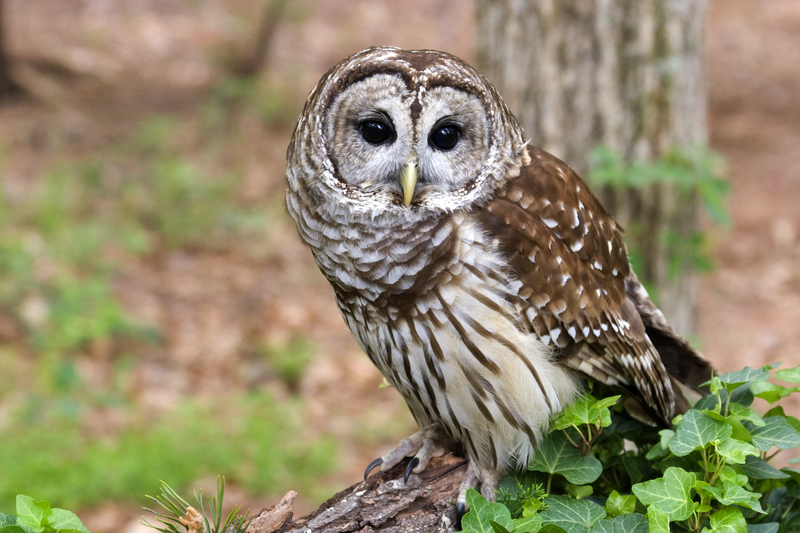Criticism Mounts Against Biden Administration’s Plan to Cull 450,000 Barred Owls
WASHINGTON, D.C. — America can do a lot better with $230 million, such as earmarking it for the homeless or veterans.
Key animal welfare groups, including Animal Wellness Action and the Center for a Humane Economy, have openly criticized the Biden Administration’s plan to kill up to 450,000 barred owls. These groups argue that the plan, aimed at protecting the endangered spotted owl in the Pacific Northwest, is impractical and costly and inhumane.
Wayne Pacelle, president of both organizations, has called this initiative the “largest-ever scheme to slaughter raptors” and criticized the Fish and Wildlife Service for not protecting forest habitats while spending nearly a quarter-billion dollars on the project. The plan has also been criticized for failing to consider alternatives and for failing to prevent the barred owls from returning and repopulating the areas.
On a recent webinar about the barred owl kill plan, former U.S. Fish and Wildlife Service wildlife biologist Kent Livezey estimated the cost of the barred owl kill plan at $235,000,000—making it one of the most expensive endangered species management projects ever.
In one of his dozen peer-reviewed publications concerning the competition between these two species, he noted that no more than 40 raptors had been killed annually to address negative effects between raptors and other native birds in the United States. But that was in 2010, before the Service started killing Barred Owls. The EIS proposes to kill nearly a half a million Barred Owls, which is 12,000 times more than that. “To say that this is unprecedented is an understatement,” said Livezey, who is extensively published on spotted owls, barred owls, and range expansion of native bird species in the United States.

The plan has also faced opposition from Hilary Franz, the Public Lands Commissioner of Washington state, who questions the viability and affordability of the strategy, which spans nearly half a million acres. A webinar featuring Franz and former U.S. Fish and Wildlife Service biologist Kent Livezey highlighted the unprecedented nature and scale of the cull, noting that the cost and effort far exceed any past initiatives involving raptor management in the U.S.
A growing coalition of 135 organizations, including 20 local Audubon society chapters, have signed a letter to U.S. Department of the Interior Secretary Deb Haaland expressing their concerns and opposition to the plan. Critics argue that the approach violates ethical norms for treating native wildlife species in North America and insist on exploring alternative conservation strategies.

